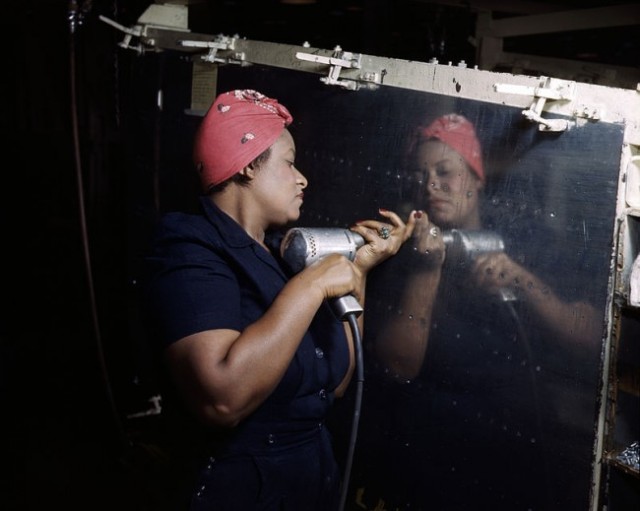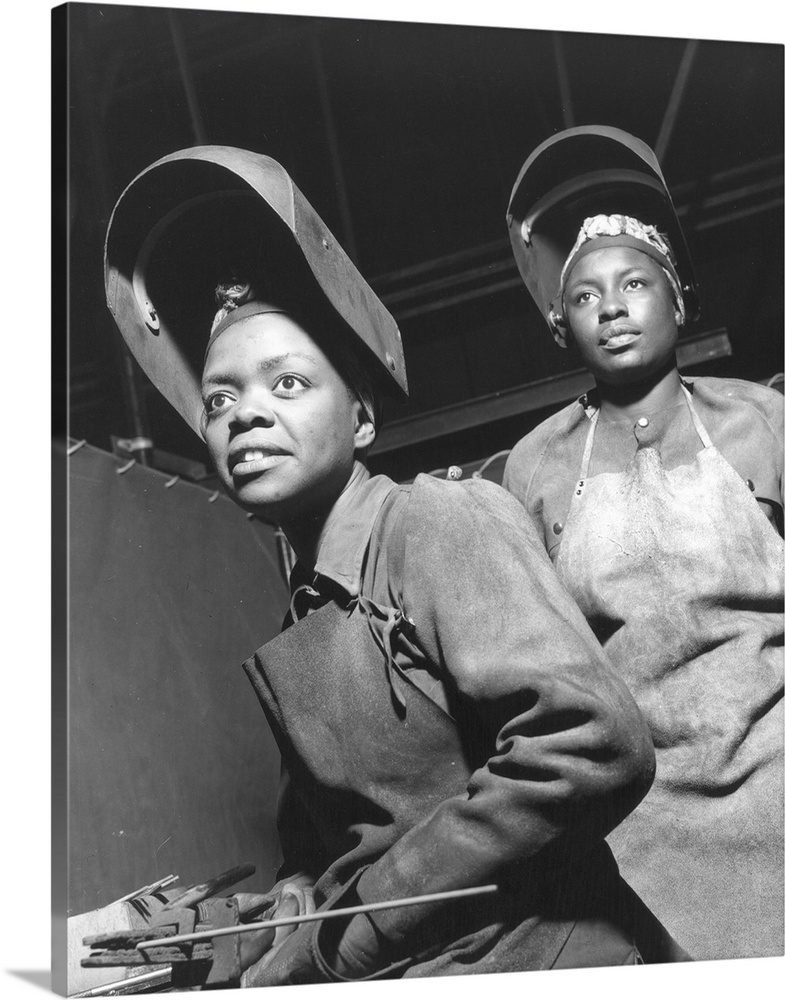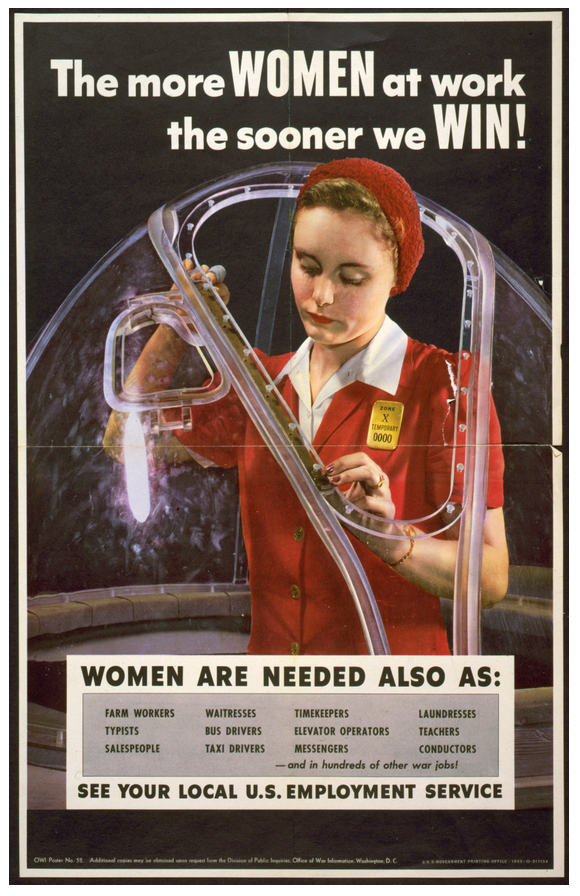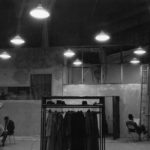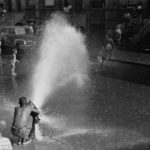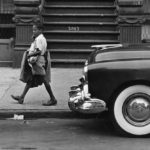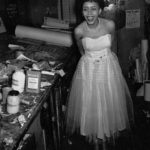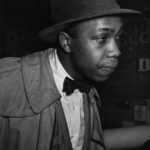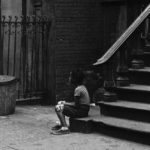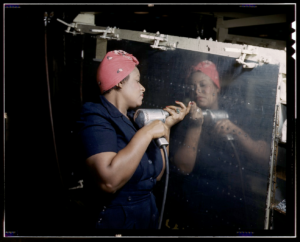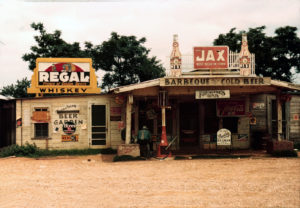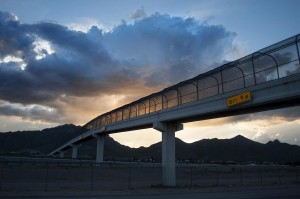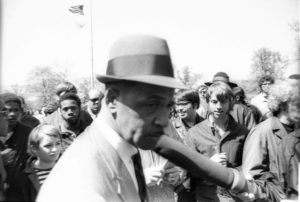
Old Civil Rights leader lost in the crowd, (from ChiTown Journal) Chicago, by Bruce Berman. 1968
TEXT AND PHOTOGRAPH BY BRUCE BERMAN
Eras are always changing. They’re changing now. Old liberals aren’t enough now, socialists may not be enough next year.
In 1968 the era was changing as well. In the photograph above, Martin Luther King had been assassinated only six months before. Bobbie Kennedy, only three months before.
The old Civil Rights movement was being paralleled by the anti-war movement. The old Baptist church arguments, high on morality and sincere ecumenicalism of previous years was being replaced by the Hell No I Won’t Go movement, sincere, but clearly lacking in thought-out ideology. “I won’t go,” isn’t a spiritually-driven theology.
In one of the many protests in the hot summer of 1968, in Chicago, during the Summer of Rage, Part II, the contrasts between these two eras was becoming evident and the clash was real. The old Civil Rights leaders’ voices were being drowned out by the new Black Nationalist voices of the Black Panthers and others. The middle class kids were more enraged by getting grabbed by the Draft Boards than they were by Segregationist southern sheriffs.
This photograph, shot in Lincoln Park, Chicago, in August 1968 was a glimpse into the divide to come. By September, 1969, fourteen months later, the divide was complete. MLK was gone. The Kennedys were gone, Black Panther Fred Hampton had been assassinated by the Red Squad of the Chicago PD, Bill Ayers and the SDS Weathermen started to learn the craft of bomb-building (and went underground one year later), and the old, moral voice of the Civil Rights movement was all but drowned out in the dark and strident days that tagged the next ten years in the coming 1970s.
Eras change.
